Japan has long been one of the most accessible destinations in Asia, especially for travellers from visa-exempt countries like Singapore. But as the number of foreign visitors continues to rise, so do the pressures on infrastructure and healthcare. In response, Japan is introducing new rules that affect how tourists enter, spend, and move through the country.
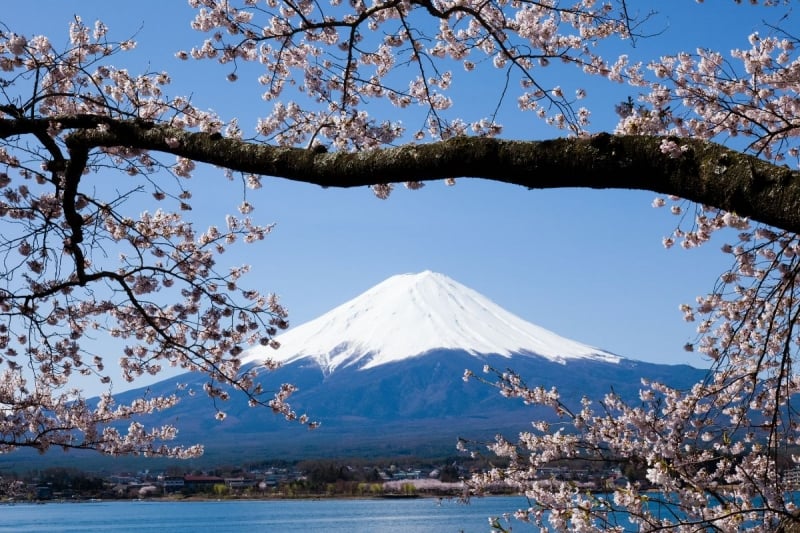
Image Credit: SantosJPN via Canva Pro
Here’s a straightforward breakdown of what’s changing in 2025 and what it means for your trip.
Also read: Japan is Considering a Dual Price System That Could Mean Higher Price for Foreign Tourists
You may soon need travel insurance to enter Japan
Japan’s government is preparing to require all incoming tourists to have private travel insurance. This comes after a growing number of visitors have sought medical care and left without paying. In just one month in 2024, over 11,000 tourists were treated in hospitals, and nearly 90 of them left without settling their bills.
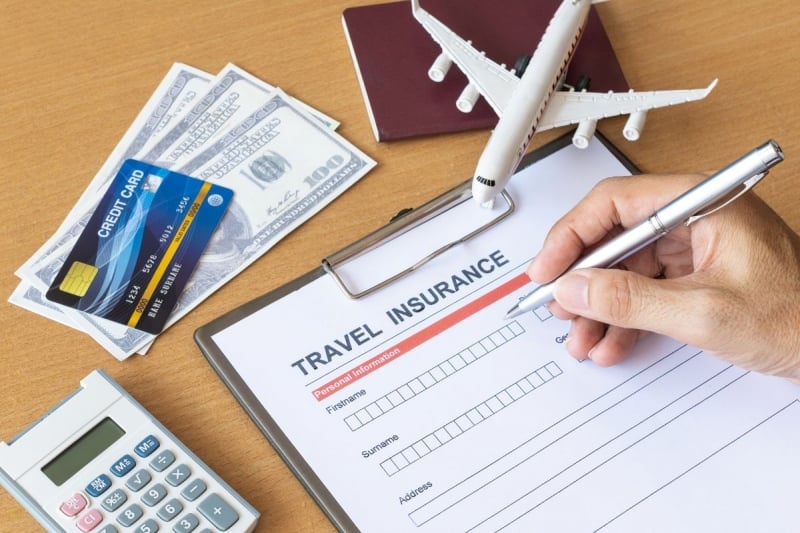
Image Credit: Noey smiley via Canva Pro
Authorities have proposed allowing immigration officers to deny entry to travellers who cannot provide proof of insurance. Tourists who have previously left unpaid medical fees may also be barred from returning. While the policy is not yet confirmed, it is likely to appear in Japan’s upcoming economic policy package.
What this means for you: Get insured before your trip. Make sure your policy covers medical care and keep a digital or printed copy with your travel documents.
Tax-free shopping is moving to a refund model
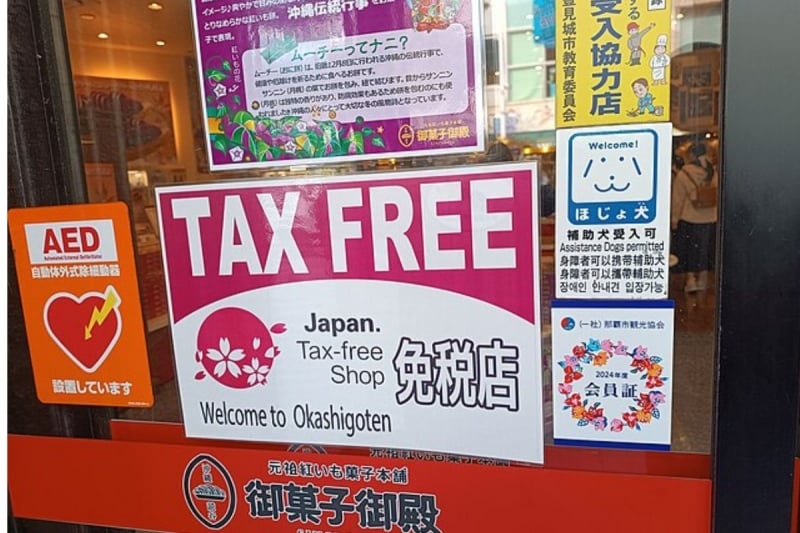
https://static.tripzilla.com/thumb/a/9/221097_800x.jpg
From 1 November 2026, Japan will be changing how its tax-free shopping works. Instead of skipping the 10 per cent consumption tax at checkout, tourists will now pay the tax upfront and apply for a refund before leaving the country.
There are also new restrictions. Items shipped overseas will no longer qualify for tax exemption. If asked, you may need to show your purchases at customs before departure.
This policy aims to reduce misuse of the system and make enforcement more consistent.
Also read: Japan to Implement New Tourist Tax Refund System
A new online travel authorisation system is in the works
Japan is developing a new system called JESTA (Japan Electronic System for Travel Authorisation). Similar to the ESTA system used in the United States, it will require travellers from visa-exempt countries to apply online before departure.

Image Credit: photobyphotoboy via Canva Pro
Travellers will need to submit personal details, the purpose of their trip, and accommodation information for review. If the application is flagged as high-risk, the traveller may be required to apply for a full visa instead.
JESTA is still under development. Although it was initially set for 2030, reports suggest it may launch earlier.
Also read: Japan to Launch Pre-Arrival Screening for Visa-Free Travellers by 2028
eVisa holders are also subject to updated regulations
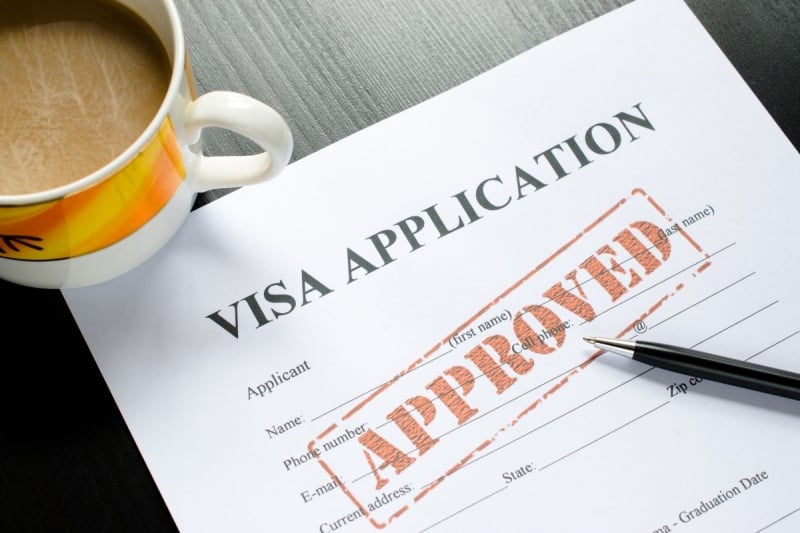
Image Credit: maybefalse via Canva Pro
If you are applying for a Japan eVisa, take note of the following:
-
You must enter Japan through designated airports such as Narita, Haneda, Kansai, Chubu, or Fukuoka.
-
The eVisa is typically single-entry and valid for short stays up to 90 days.
-
You may be asked to provide a return ticket, proof of accommodation, and financial documentation.
-
Paid work, including part-time or freelance jobs, is not allowed under the eVisa.
Health screenings are no longer required, but travellers are encouraged to monitor their well-being. English-speaking medical support is available in major cities. Visa extensions are rarely granted and only apply in exceptional situations such as medical emergencies.
Why these changes are happening
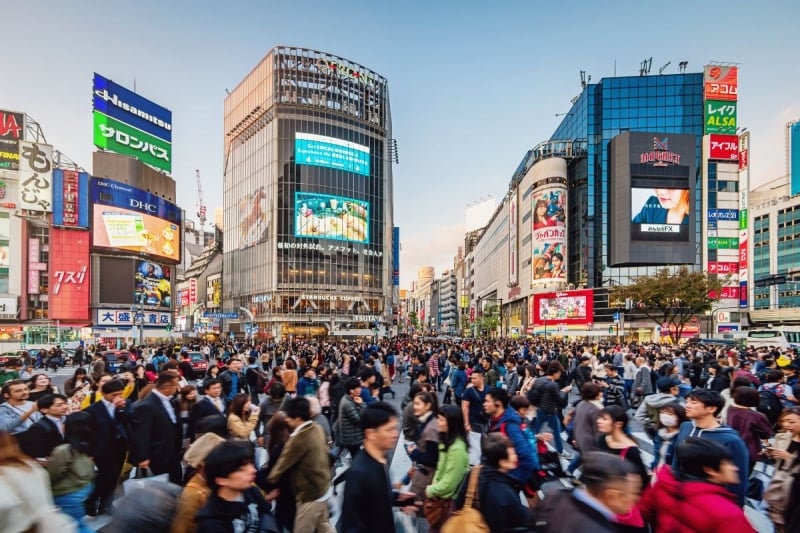
Image Credit: Mlenny via Canva Pro
Japan recorded 3.91 million foreign visitors in April 2025 alone, the highest monthly figure in the country’s history. With a target of 60 million visitors per year by 2030, Japan is adjusting its policies to keep its systems sustainable.
These rule changes are part of a broader effort to ensure that the infrastructure can support the growing number of tourists while protecting public services like healthcare.
Also read: Mount Fuji Climbing Fee: How Much You Need to Pay in 2025
Final thoughts
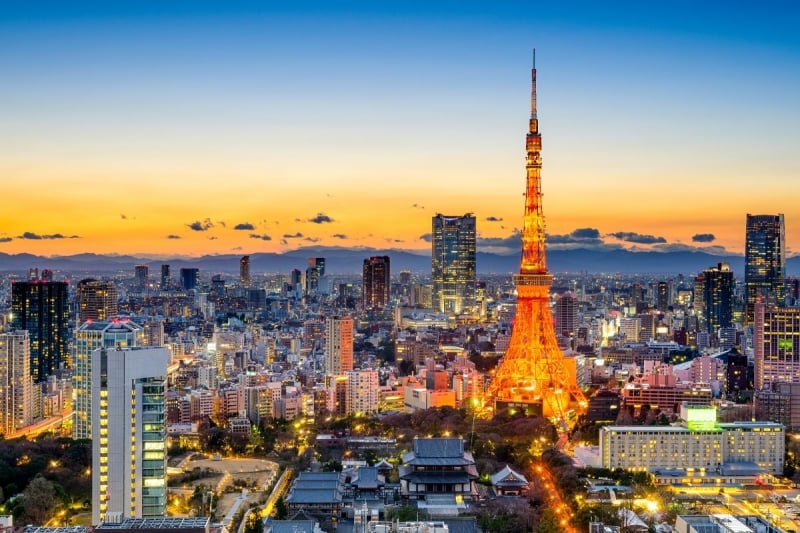
Image Credit: SeanPavonePhoto via Canva Pro
None of these changes is designed to make travel harder for tourists. If anything, they reflect just how popular Japan has become in recent years, and how the country is trying to make tourism more sustainable for the long term. For most travellers, the experience won’t change drastically. But a little extra preparation can go a long way. Having travel insurance, keeping your receipts, and checking which entry points are approved can help you avoid unnecessary stress at the airport.
Japan remains one of the most rewarding places to visit. I mean, it’s rich in culture, history, and everyday moments that stay with you. These new rules don’t change that. They just remind us that travel is a shared experience, and that good preparation helps keep it smooth for everyone.




